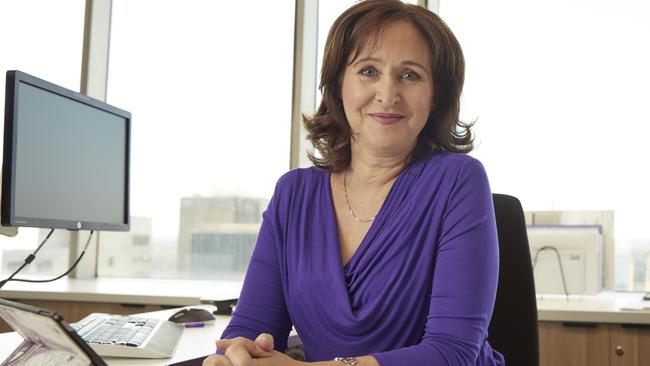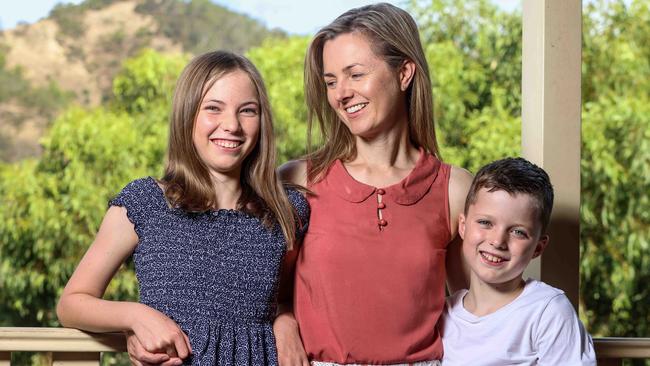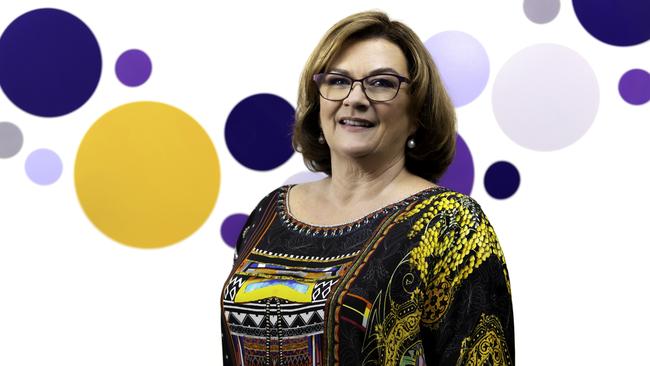Savings tips to grow a million-dollar superannuation balance
Becoming a superannuation millionaire is not the impossible dream that many people think it is. Here’s how.

Growing a $1 million nest egg may seem like an impossible dream, but superannuation and savings specialists say it’s achievable for those willing to make some sacrifices.
The average super balance for someone in their early 60s is about $300,000 for women and $360,000 for men, according to the latest Australian Taxation Office data.
That’s far from the magic $1 million, but don’t despair.
Super fund HESTA’s CEO, Debby Blakey, says most people won’t need a million-dollar balance to enjoy a comfortable retirement.
“For most Australians, a comfortable lifestyle later in life is achievable as their super savings will supplement the retirement income they receive from the age pension,” she says.
When mixing super with a pension, a comfortable retirement for a couple can be achieved with about $640,000, according to super industry group ASFA.
For those who want to aim higher, there are several ways to get there.
Blakey says chipping in a little extra every week and matching your super investments with your goals are good ways to boost your super. She says some funds offer “expert advice about your super at no extra cost”.

Beyond Bank’s general manager customer experience, Nick May, says $1 million can be a reality but will take some commitment.
He says an average wage earner relying on compulsory employer contributions won’t get there “but by also contributing some of your pre-tax salary you will go very close”.
QUICK START
“The earlier you start, the closer you will get,” May says.
“That compounding effect will make a big difference plus you will get used to having that little less in your pay packet each week.”
Check out a compound interest or superannuation calculator at moneysmart.gov.au to see just how much an extra $10 or $20 a week can boost your balance over decades.
SALARY SACRIFICE
“Set up extra contributions to your super fund from your pre-tax salary,” May says.
“This way, you will not notice it as much. Then as your salary increases over time so will your extra contributions.”
Most workers benefit from salary sacrifice because it is taxed at 15 per cent going into their fund rather than the usual 32.5c or 37c in the dollar.
MAKE IT A HABIT
Most workers can make tax-deductible (concessional) contributions at any time of the year, but turning this process automatic through either salary sacrifice or direct debits means it’s more likely to be maintained.
“The sooner you get into the habit, the better your chances are of achieving that $1 million nest egg,” May says.

Jodi Farley, 40, uses salary sacrifice and a low-cost super fund as part of her effort to build an above-average balance.
“Small tweaks can make the world of difference, particularly for women like myself who have taken time out of the workforce to raise a family and spent a few years either not working or working part time,” she says.
“Superannuation is brilliant in that it forces people to save regularly, over a long period of time. It also helps everyone benefit from the magic of compound interest.”
COUPLES COMBINATION
Spouses can boost their partner’s fund through super splitting and spouse contributions, and should consider treating their combined super balance as a joint asset.
JBS Financial Strategists CEO Jenny Brown recommends both partners make the most of the $27,500 annual cap for concessional contributions.
“Then once you have paid out your home loan and the kids are off your hands, you can start making after-tax (non-concessional) contributions as well,” she says.
“You each have a $110,000 non-concessional cap.”
INVESTMENT BOOST
A couple selling an investment property or shares can inject $220,000 a year of non-concessional contributions annually and then pay not tax on it in retirement.
“You can bring forward three years, so that gives you $330,000 each,” Brown says.
“Always my tip is to seek professional advice – talk to people who know about the strategies that area involved.”

STRATEGIES TO RESEARCH
• Government $500 co-contributions.
• Spouse contributions and tax rebates
• Concessional (tax-deductible) contributions.
• Non-concessional (after-tax) contributions.
• Higher-growth asset mixes.






To join the conversation, please log in. Don't have an account? Register
Join the conversation, you are commenting as Logout